- Home
- Home Insulation
- Rigid Foam Insulation
Choosing Rigid Foam Insulation
What is rigid foam insulation?
Well, there are lots of different types of rigid insulation available, so I’m going to give you an overview of the most common types used in the construction of homes throughout the UK and Ireland.
The term rigid insulation typically refers to the large pre-formed sheets of insulation which can be bought from your local builders merchant or indeed online and delivered direct to your site.
They come in three main types i.e. PIR/PUR boards, Phenolic boards and EPS boards but there are also natural alternatives such as wood fibre insulation:
1. PIR/PUR Boards:
PIR (polyisocyanurate) and PUR (polyurethane) boards come in different types but the most common type has an aluminium foil backing to each side which makes them easily recognisable.
Both PIR (polyisocyanurate) and PUR (polyurethane) boards are made by mixing chemicals with a blowing agent (forms the bubbles). This forms large rigid blocks which are low density, closed cell (independent bubbles rather than bubbles which are linked together) insulation sheets.
The gas which is trapped in the closed cells of the insulation has a very low thermal conductivity.
This low thermal conductivity makes the insulation perform better than if it just had air trapped in the cells (a bit like using argon gas in double or triple glazed window units).
Of the total volume of the rigid insulation board around 97% of it is gas.
The main difference between PIR board and PUR board is that the PIR boards offer a higher resistance to heat and are therefore more useful when trying to provide improved fire resistance to a structure.
PIR/PUR boards are typically used as wall, floor and roof insulation and as already stated are most commonly bonded to aluminium foil (helps form a vapour barrier) but can also be bonded to plywood, plasterboard or have a glass tissue facing for use externally or in flat roofs.
Advantages:
- Very nearly as thermally efficient as phenolic boards (see below).
- Closed cell structure to minimise the absorption of moisture or water vapour.
- Cheaper than phenolic board.
Disadvantages:
- When trying to achieve a specific u-value you will need a slightly thicker board than you would with phenolic board.
- The foil backing acts like a vapour barrier and this can cause issues within the structure as it stops moisture within the structure from getting out.
2. Phenolic boards:
As with the PIR/PUR boards above, phenolic insulation boards also have a closed cell structure.
Phenolic board has a slightly higher r-value (higher is better, unlike u-values) and a slightly thinner profile than PIR/PUR boards due to the manufacturing process.
However phenolic boards do tend to be more expensive
Advantages:
- Probably the most thermally efficient insulation products used at present.
- Offers the thinnest insulation boards for a given specific u-value (see below).
- As they’re closed cells they shouldn’t absorb moisture or water vapour,
unlike open cell products. Although I would still recommend the use of
vapour barriers.
Disadvantages:
- Phenolic boards will likely be the most expensive of all the rigid foam insulation options discussed here.
3.
EPS (expanded polystyrene):
This is the most basic insulation board
and the one with the lowest R-value (the higher the R-value the better
the thermal insulation properties)
Advantages:
- Cheapest of the three rigid insulation boards covered here.
Disadvantages:
- Doesn’t have closed cell structure as it is basically a mass of polystyrene balls moulded together into a block.
- Can allow water vapour/moisture to penetrate over time.
- To achieve similar r or u-values to PIR/PUR or Phenolic boards you’ll need a much thicker block of insulation (see below).
- Polystyrene insulation should never be allowed to come into contact with PVC electrical wiring as it can cause it to become brittle and crack and could cause a fire.
Performance of Rigid Foam Insulation:
If you were to take each of the three types of rigid foam insulation boards discussed above in 100mm thick boards you’d get the following approximate R-values.
- Phenolic board would typically provide an R-value of around 5.0.
- The PIR or PUR board would typically provide an R-value of around 4.5.
- EPS board would typically provide an R-value of around 2.6.
PIR/PUR boards tend to offer the optimum performance vs. price ratio as they’re pretty close to phenolic boards when it comes to r-value and yet they’re cheaper.
Although you will need a slightly thicker board to achieve the same r-value.
Another way of looking at it is as follows:
If you wanted an R-value of 4.5 for each type of rigid foam insulation boards, you’d need the following approximate thicknesses:
- PIR/PUR – 100mm
- Phenolic – 90mm
- EPS – 170mm
Typical Rigid Foam Insulation Applications:
As mentioned above rigid foam insulation would typically be used in floors, walls and ceilings of houses.
If you were building a new property or extending you would normally install it in the cavities or in the stud work during construction.
But if you’re refurbishing an older property with solid walls (no cavities) it can be applied either inside a timber frame internally or more often by way of insulated plasterboard (where the rigid foam is pre-applied to the back of the plasterboard in varying thicknesses). For more information see my article on solid wall insulation.
Natural Alternatives:
The logical alternative to rigid foam insulation is wood fibre insulation which can absorb and release water vapour and does not give off nasty volatile organic compounds (VOCs).
Conclusion:
When trying to decide on rigid foam insulation for your home you’ll need to consider your project type (new build or refurbishment), your budget and how much space you have to work with.
If you’re installing the rigid foam insulation on the inside of your main walls you’ll likely want to use an insulated plasterboard attached directly to the wall to minimise the amount of floor space you’ll lose.
You’ll have to balance the thickness against the cost and make your final decision. But, as I’ve already mentioned above PIR/PUR insulation boards do tend to offer 90% of the results at a cheaper price than phenolic boards.
Good luck…
If you have property with cavity walls and need more information on insulation check out my other article on blow in insulation and don’t forget your vapour barriers. This article tells you all about vapour barriers and why you must use them when adding insulation to your home.
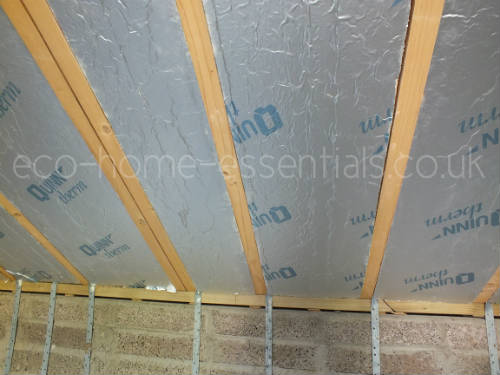
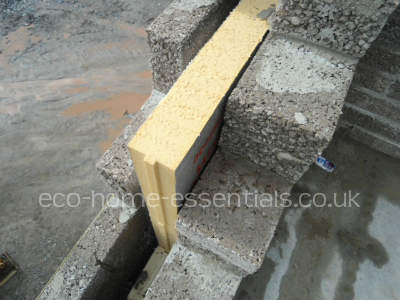
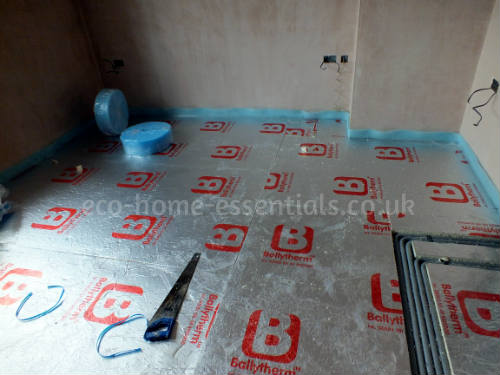



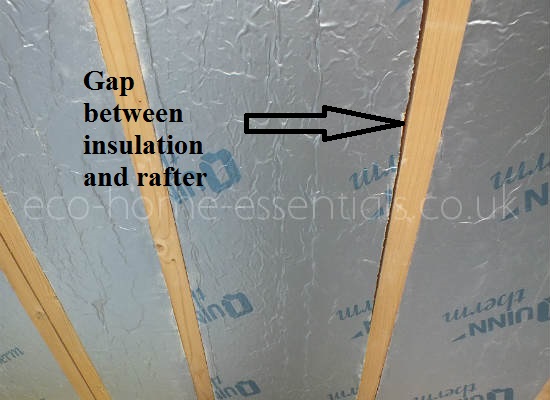
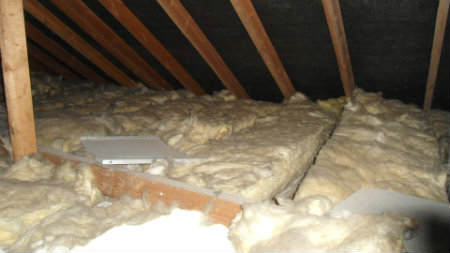
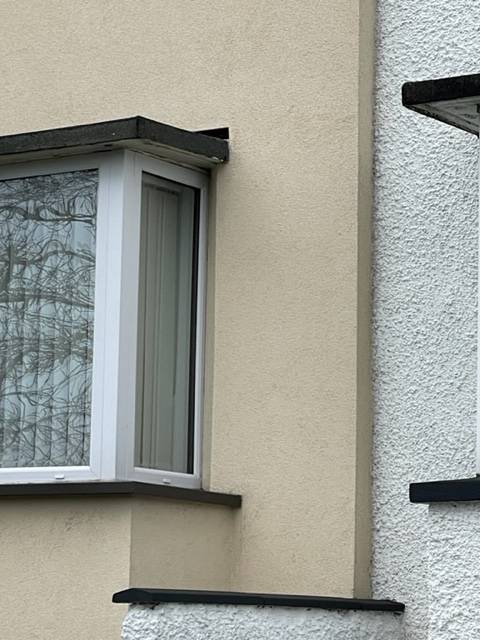

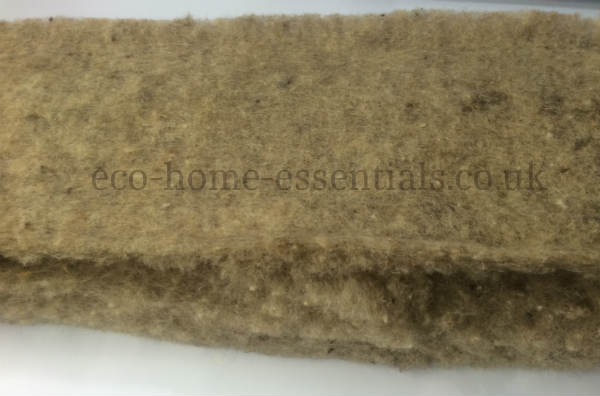
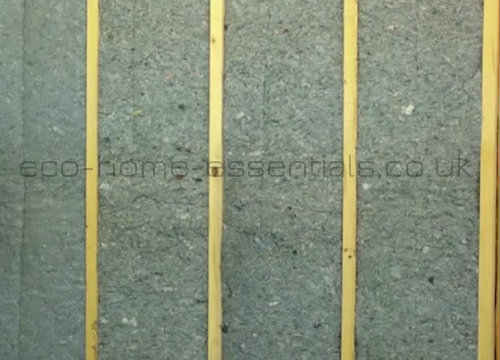




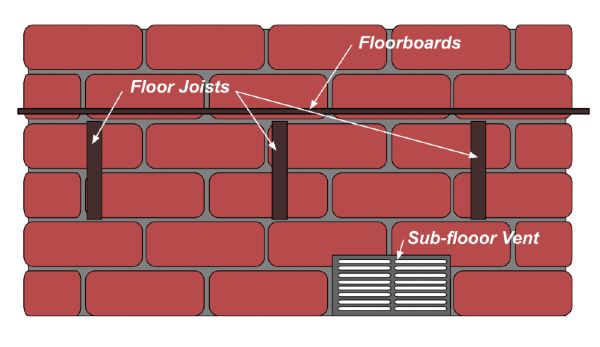
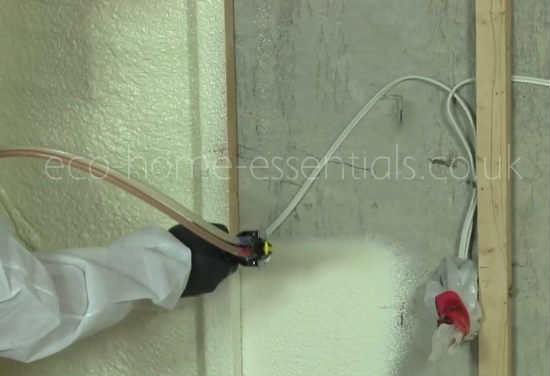



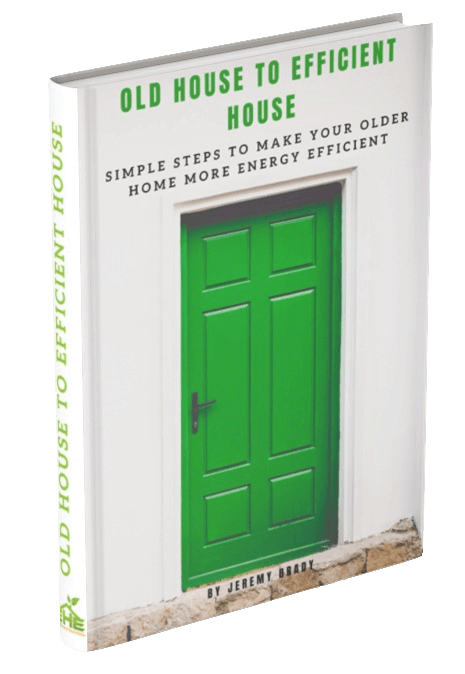




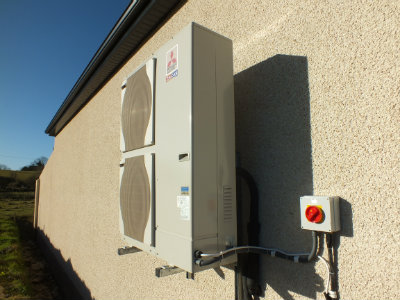

New! Comments
Have your say about what you just read! Leave me a comment in the box below.